
The Kreeger Museum
The Kreeger Museum showcases nineteenth- and twentieth-century paintings and sculptures as well as traditional Asian and African art, the legacy collection of David Lloyd Kreeger and Carmen Kreeger. Philip Johnson designed the architecture in 1968 to serve first as the Kreegers’ residence and then as a public museum.
I never bought art as an investment. I bought it for love and was lucky. Art that embodies the creative spirit of man transcends the value of money.
David Lloyd Kreeger
David Kreeger (1909–1990) was the child of Eastern European immigrants. His father owned a prosperous grocery store in Manhattan before selling it and moving to New Jersey. Kreeger had relatively little childhood engagement with the visual arts, except for a casual enjoyment of drawing, which he further developed when he attended university. He and his siblings were involved, however, with music, and Kreeger was a gifted violinist, at one point considering a career as a musician. He continued to perform as an amateur violinist throughout his life and hosted many prominent musicians at his home.Erich Keel, “The Kreeger Museum, Washington, D.C.” (Washington, D.C.: Bergamot Books, 2009), 14.
Kreeger’s fascination with the visual arts began at Rutgers University, where he studied political science but also took courses in art history and art appreciation. He was influenced there by Thomas Munro, who advocated for the subgenres like African art that were often excluded from the art history canon at the time. This exposure as well as Munro’s aesthetic teachings were fundamental to the later formation of Kreeger’s collection.Keel, “Kreeger Museum,” 15.
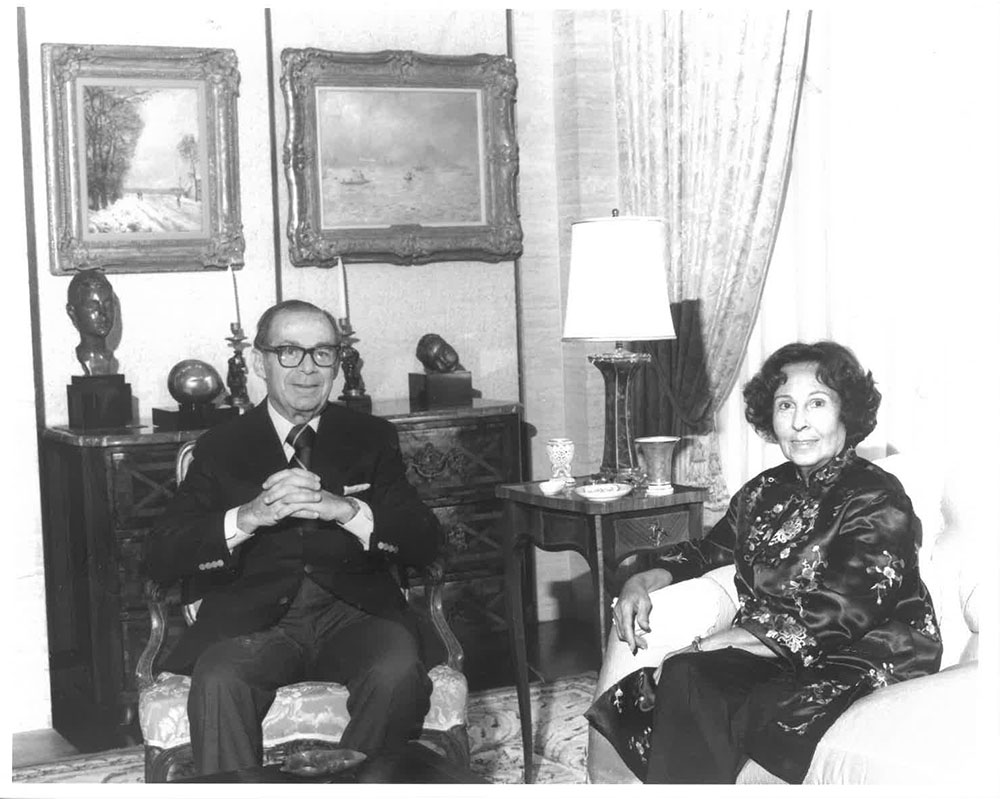
After attending law school at Harvard University, Kreeger worked at a law firm in New Jersey and subsequently at the Departments of Agriculture and the Interior. In 1935, his work took him to Puerto Rico, where he met his future wife and art collecting partner, Carmen (née Matanzo y Jaramillo). The couple was married in 1938. Although they would not begin collecting art until the early 1950s, both shared a passion for the arts, and their collecting was collaborative—both had to agree on an artwork before they acquired it.“History,” Kreeger Museum, accessed January 13, 2018, https://www.kreegermuseum.org/about-us/history. Carmen also shared David’s love of music and was an accomplished pianist. She was also largely responsible for the development of the gardens in the five acres of woodlands surrounding the museum.Helen Chason, director of the Kreeger Museum, interview by Natalie Gale, January 11, 2018.
In 1948, Kreeger left his government employment and entered the insurance industry, purchasing the Government Employees Insurance Corporation, or GEICO, with several other investors. He would remain with GEICO for twenty-six years. During this time, he used his newfound fortune to purchase art, beginning with the acquisition of Mordecai Ardon’s Ravens over the Valley of Emek in 1952.Keel, “Kreeger Museum,” 11.
After his retirement, David Kreeger continued as an active philanthropist and patron of the Washington arts community until his death from cancer in 1990. He was president of the National Symphony Orchestra, president and founder of the Washington Opera, and sat on the boards of Arena Stage and the National Gallery. He was also instrumental in the founding of the National Museum of African Art, where Carmen Kreeger sat as a member of the board of directors.Chason, interview by Gale. In 1990, the White House awarded David Kreeger the Medal of Arts.Glenn Fowler, “David Lloyd Kreeger Dead at 81; Insurance Official and Arts Patron,” New York Times, November 19, 1990, http://www.nytimes.com/1990/11/20/obituaries/david-lloyd-kreeger-dead-at-81-insurance-official-and-arts-patron.html.
The Kreeger Collection
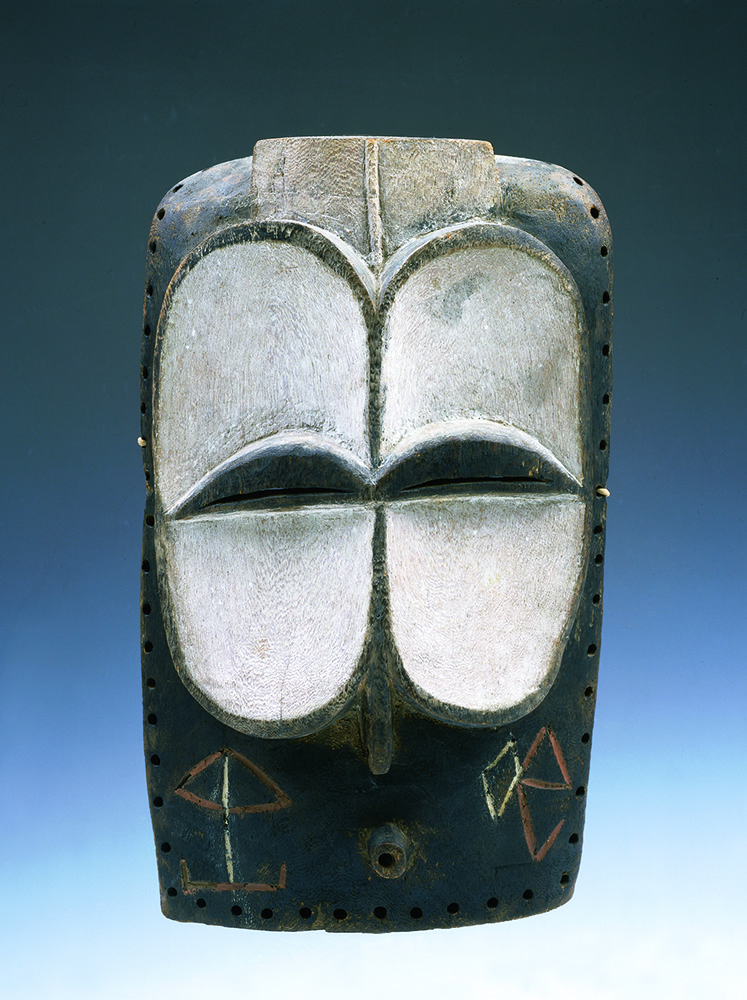
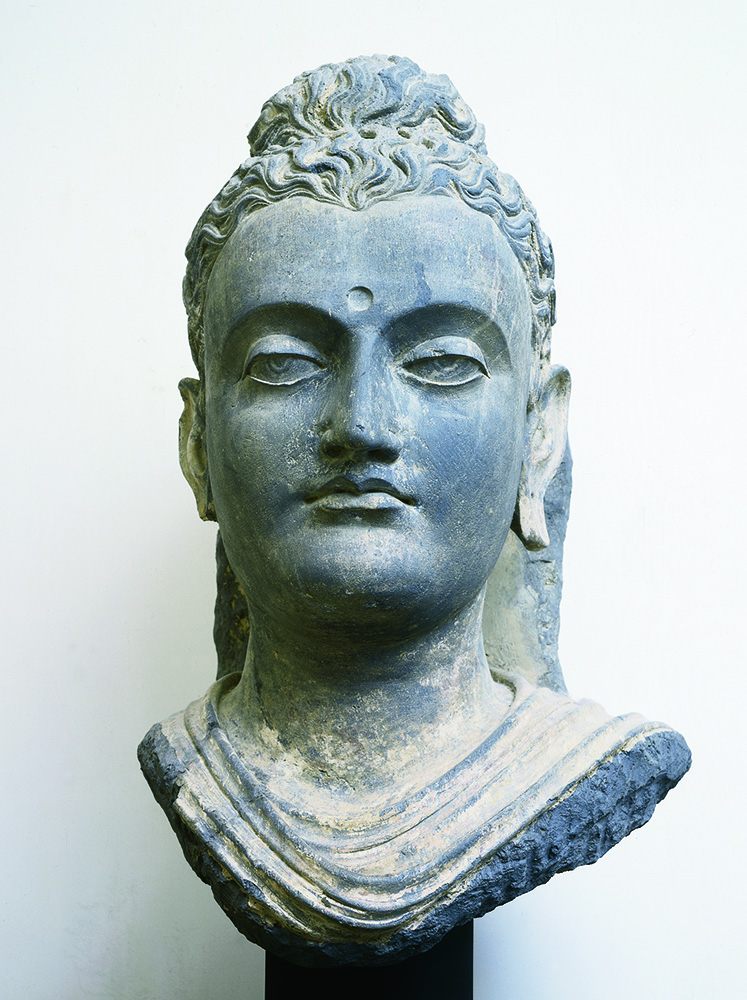
The Kreegers’ art collection was the direct result of their genuine love of the works they acquired. David Kreeger once said, “I never bought art as an investment. I bought it for love and was lucky. Art that embodies the creative spirit of man transcends the value of money.”Fowler, “David Lloyd Kreeger.” The Kreegers’ acquisitions were also motivated by the teachings of Thomas Munro at Rutgers University. Munro prioritized color and texture as the most important aesthetic qualities,Chason, interview by Gale. and he advised avoiding “fixed habits of perception as well as of preference” in the appreciation of art.Keel, “Kreeger Museum,” 17. The Kreegers’ acquisitions of nineteenth- and twentieth-century paintings and sculptures and their African, Asian, and Israeli art were motivated by the works’ aesthetics and quality rather than by either their monetary value or a desire to form a comprehensive art collection.
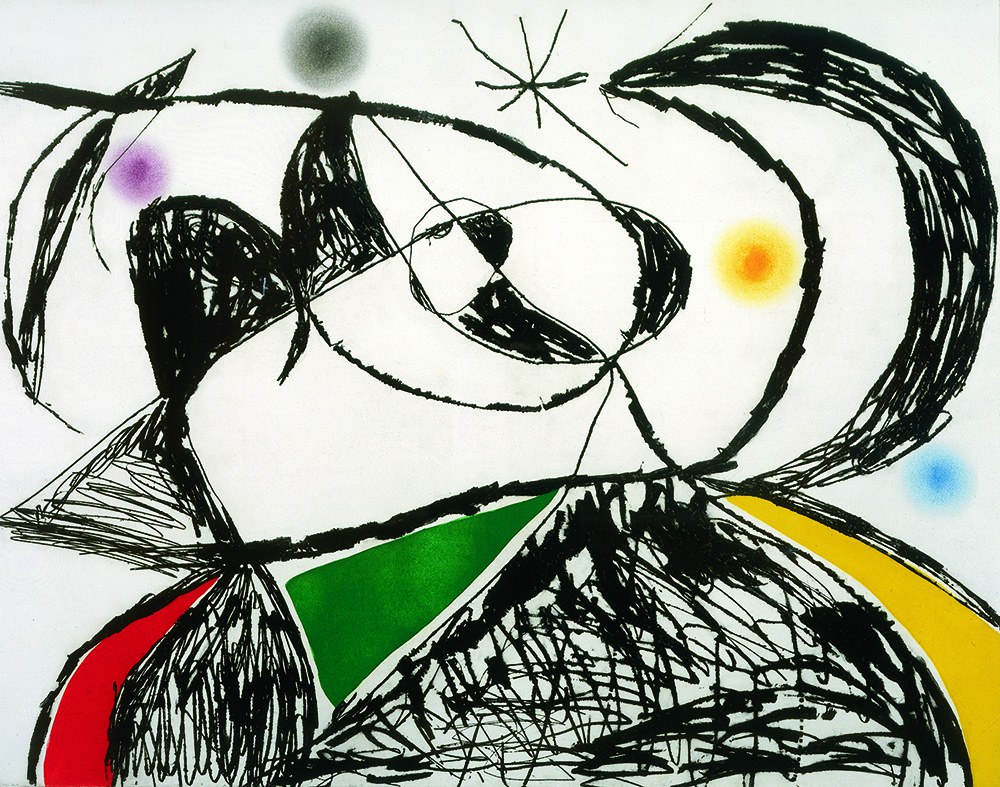
The Kreegers acquired art through a variety of venues. They worked with the art dealer Richard Feigen, and he occasionally encouraged them to pursue “darker” works than the couple might have purchased on their own. The Kreegers also became aware of available works and new genres through friends, and David Kreeger sometimes acquired works at auction.Keel, “Kreeger Museum,” 17.
The Kreeger Museum
A vital part of the Kreeger collection is the museum building itself. The Kreegers chose contemporary architect Philip Johnson to design their home as a residence during their lifetimes and as a museum after their deaths.Dana D. Litowitz, “The Character of an Art Collection: Isabella Stewart Gardner, Henry Clay Frick, Albert C. Barnes, David Lloyd Kreeger, and the Donor Memorial in the U.S.” (MA thesis, Bryn Mawr College, 2008), 34. In accepting the commission, Johnson acquiesced on this condition: he was averse at this point in his career to designing a private home, but he would agree to design a museum. Located at a prestigious address on Foxhall Road, the Kreeger home was conceived primarily of travertine, cube-shaped gallery spaces, with double-height ceilings in the performance space of the Great Hall to allow for superior acoustics. Carpeted walls enabled the rearrangement of paintings, and an atrium allowed for an indoor garden of plants from Carmen Kreeger’s native Puerto Rico.Henri Dorra, “The Collection of Mr. and Mrs. David Lloyd Kreeger” (Washington, D.C.: H. K. Press, 1970), 9.
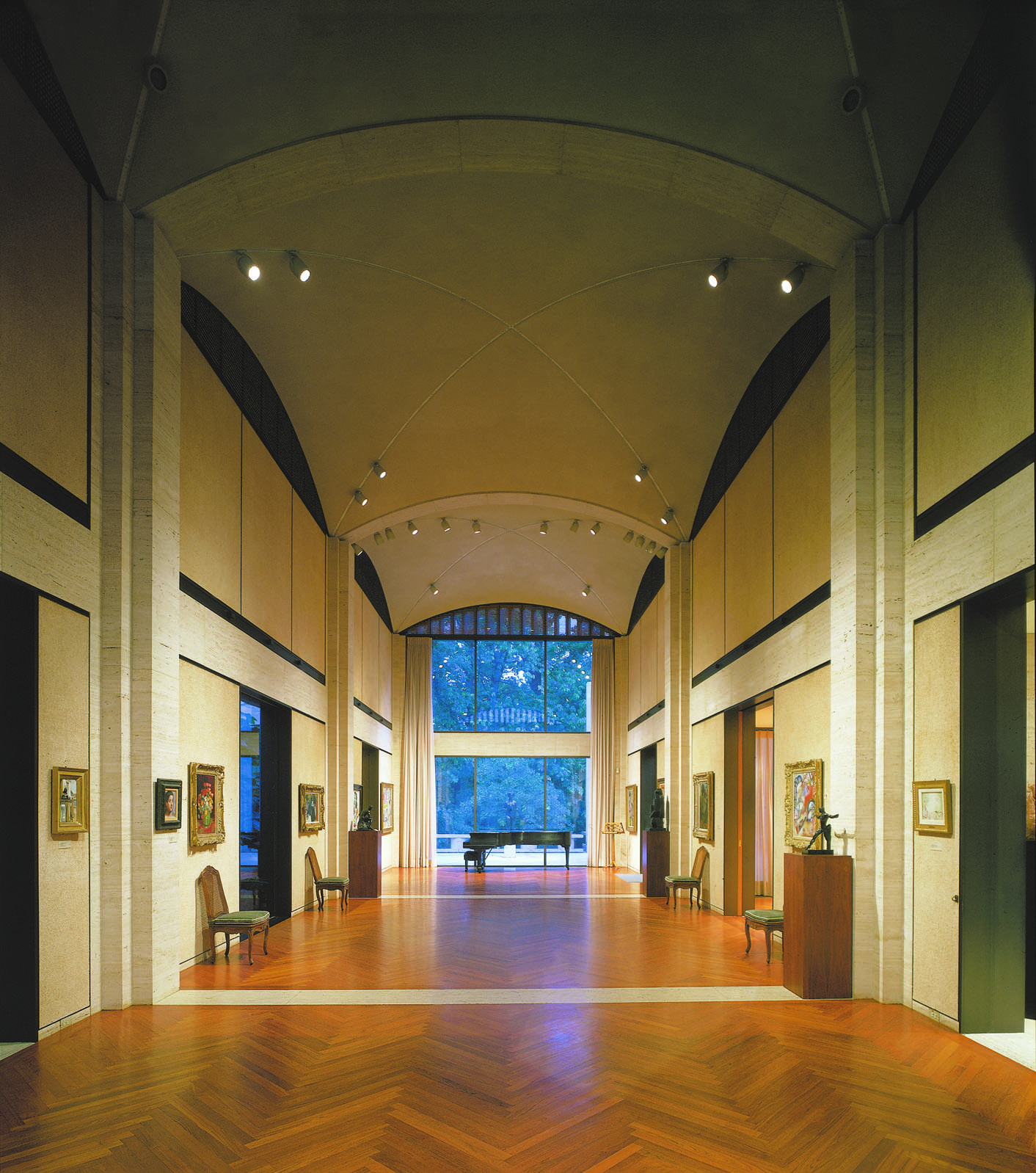
Already during their lifetimes, the Kreegers offered public access to their collection, sponsoring regular open hours and public events. They also championed arts education in Washington, D.C., establishing funds for promising arts students at four universities, such as the Creativity Award program at Catholic University. Their legacy of arts-related philanthropy in Washington, D.C., also includes the Kreeger Theater at Arena Stage, the Kreeger Music Building at American University, and the Kreeger Auditorium at the Corcoran Gallery of Art. David Kreeger was a longtime supporter of many other institutions, such as the National Symphony Orchestra, the Corcoran Gallery, and the John F. Kennedy Center for the Performing Arts.“David Lloyd Kreeger; Insurance Executive, Arts Patron,” Los Angeles Times, November 22, 1990, http://articles.latimes.com/1990-11-22/news/mn-6970_1_david-lloyd-kreeger. This interest in arts accessibility and education culminated in the Kreegers’ decision to leave their home and collection as a public museum.Fowler, “David Lloyd Kreeger.” On June 1, 1994, the Kreeger Museum opened to the public, with the artist and educator Judy A. Greenberg as its first director.“History,” Kreeger Museum.
A Museum of Arts and Education
The Kreeger Museum has the mission of enhancing the understanding and appreciation of art, architecture, music, and nature. The focus on nature is a recent addition to this mission and derives from Carmen Kreeger’s interest in the grounds and gardens of the property. As part of this new focus, outdoor sculpture has been installed on the grounds.Chason, interview by Gale. Although the Kreegers did not wish for the museum actively to purchase or deaccession artworks, they permitted the acquisition of works through donations approved by the board of directors.
According to director Helen Chason, the Kreegers “were very generous in sharing their art. I think they left us with one of the nicest missions that any art institution could hope to inherit. They really did see and recognize that art and education go hand in hand.”Chason, interview by Gale. To support this mission, the museum has a number of partnerships with local schools and works with twelve independent educational organizations, including the Boy and Girl Scouts, the George Washington University, and a number of D.C. and Maryland public schools, many of which are recipients of Title I funding.Chason, interview by Gale. Similarly, the museum works with seven cultural institution partners such as the Levine School of Music and the D.C. Commission for the Arts and Humanities.“First Studio,” Kreeger Museum, accessed January 13, 2018, https://www.kreegermuseum.org/Education/first-studio. The Kreeger Museum also has public programming initiatives, including First Studio, an art program for young children, and Conversations, a program for individuals with memory disorders.“Conversations,” Kreeger Museum, accessed January 13, 2018, https://www.kreegermuseum.org/Education/Conversations.
Profile by Natalie Gale, 2018 Wintersession student, and Faye Yan Zhang, 2017–2018 Dumbarton Oaks Humanities Fellow.